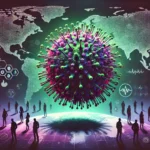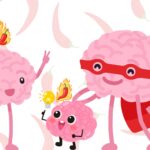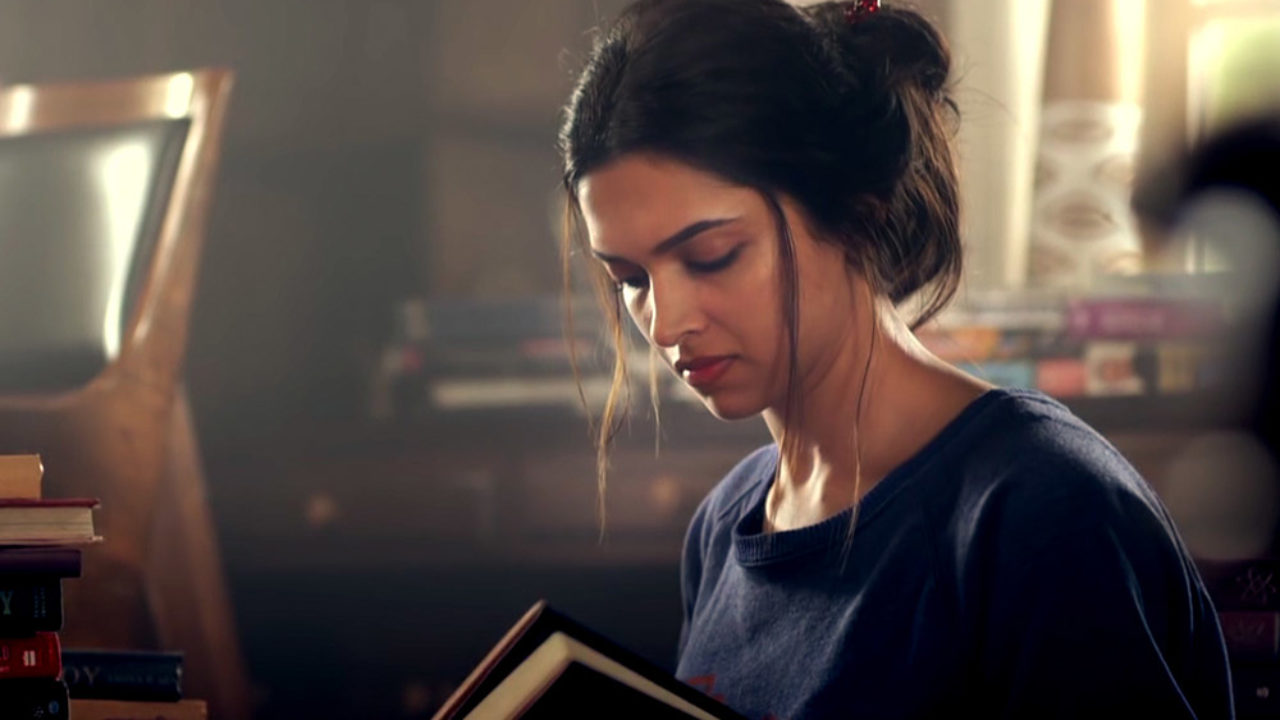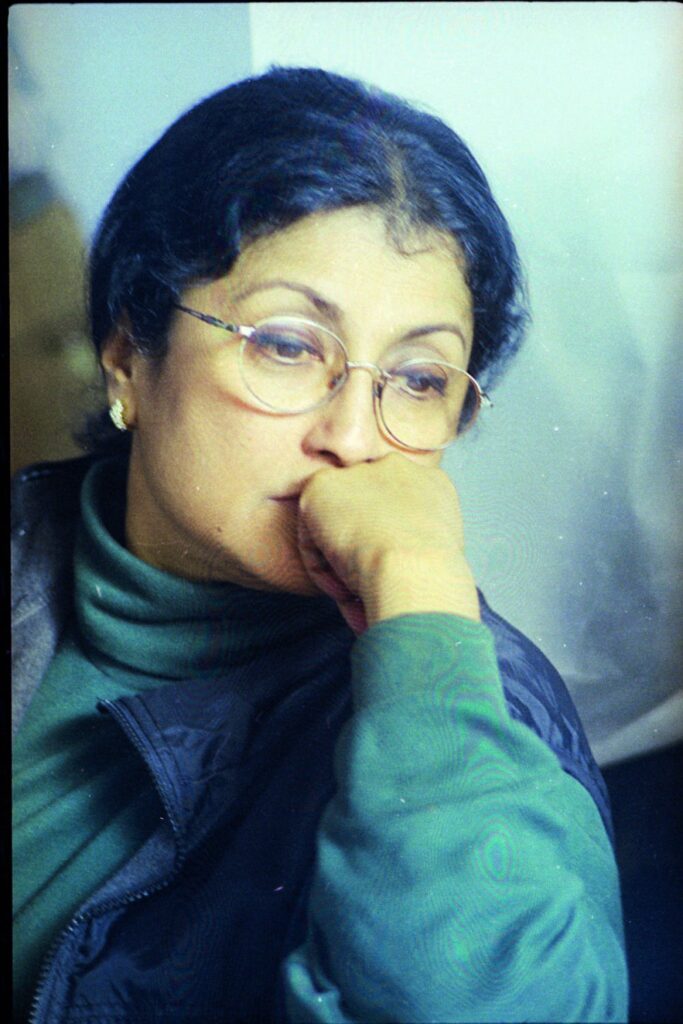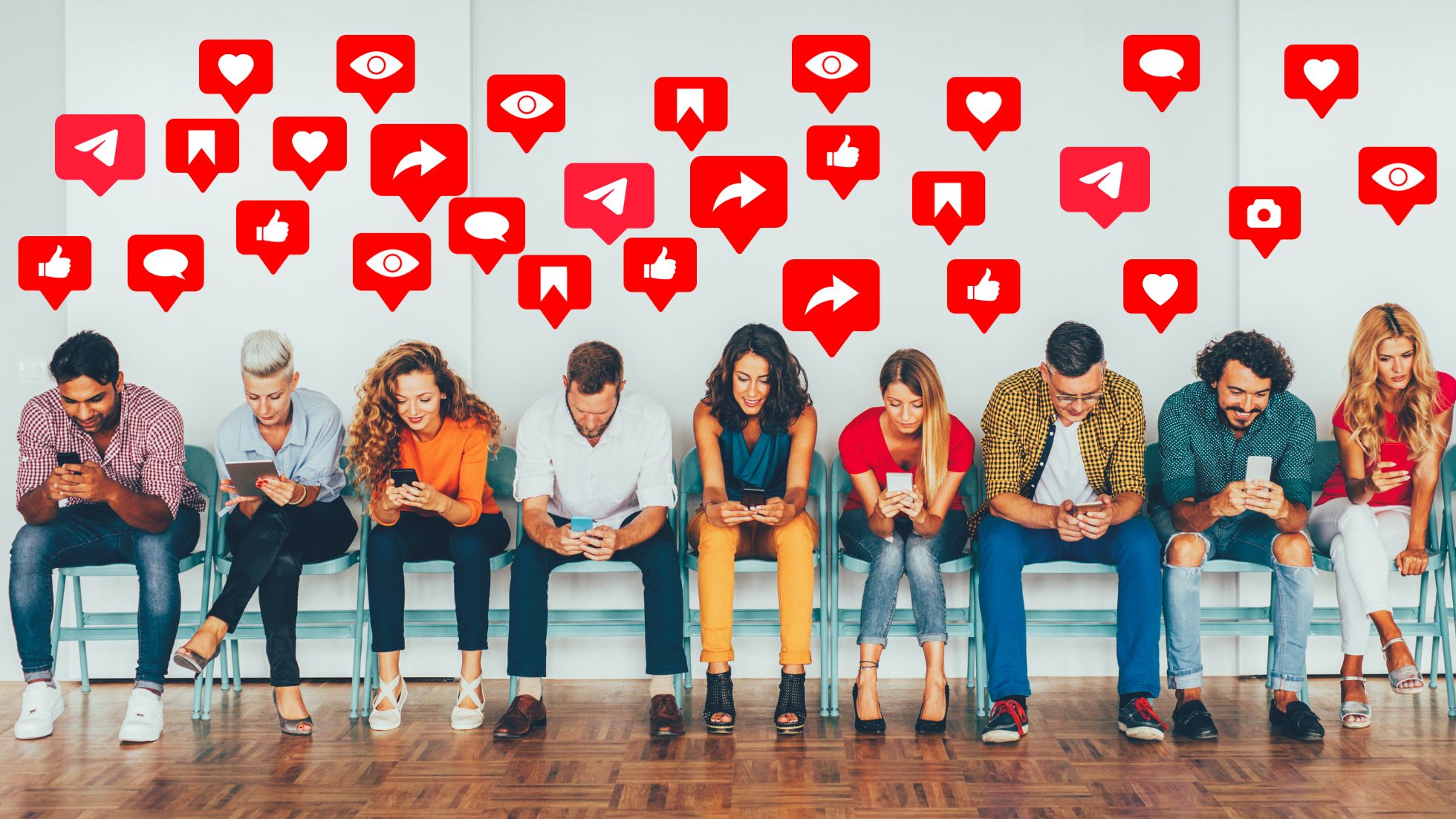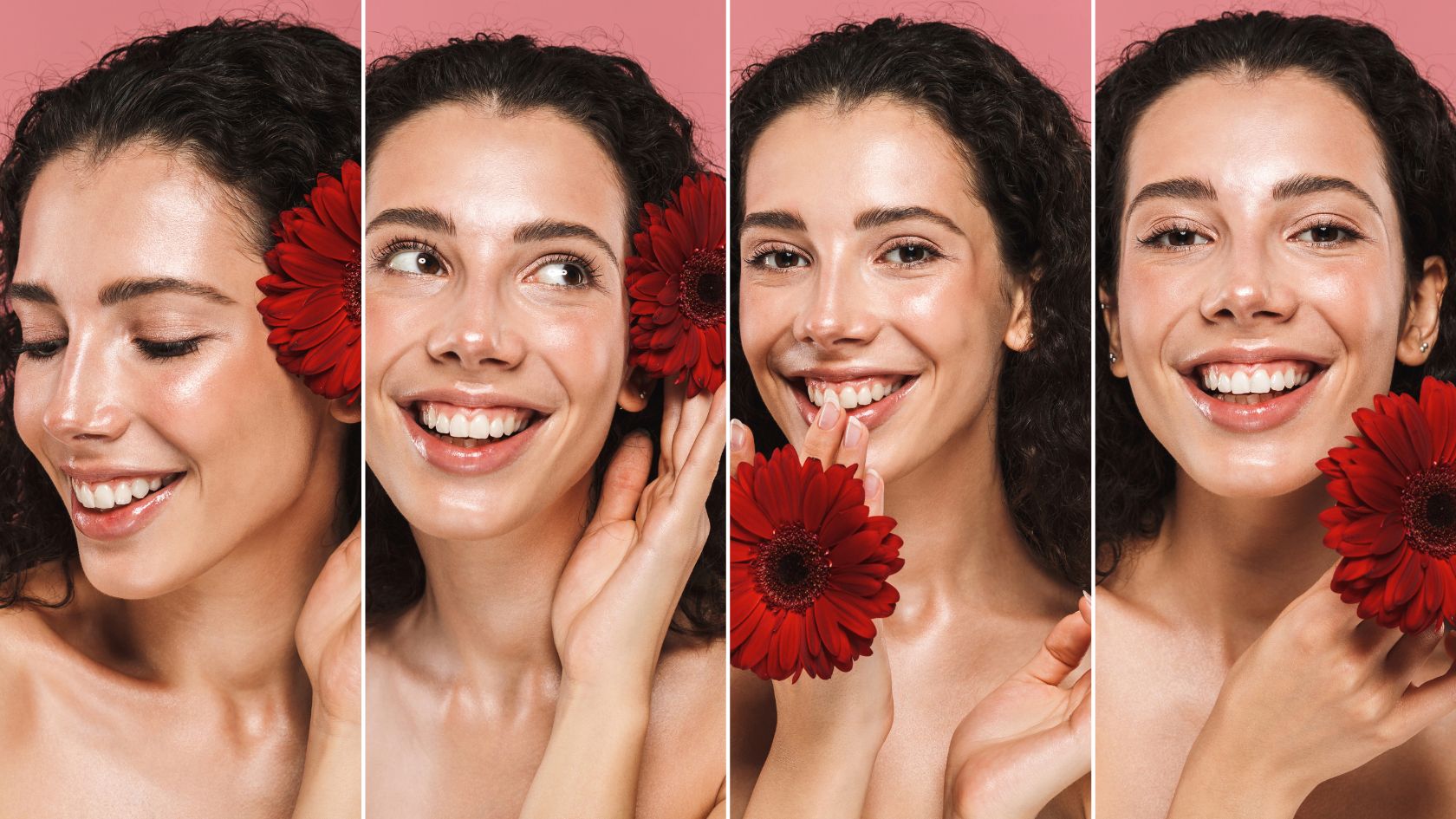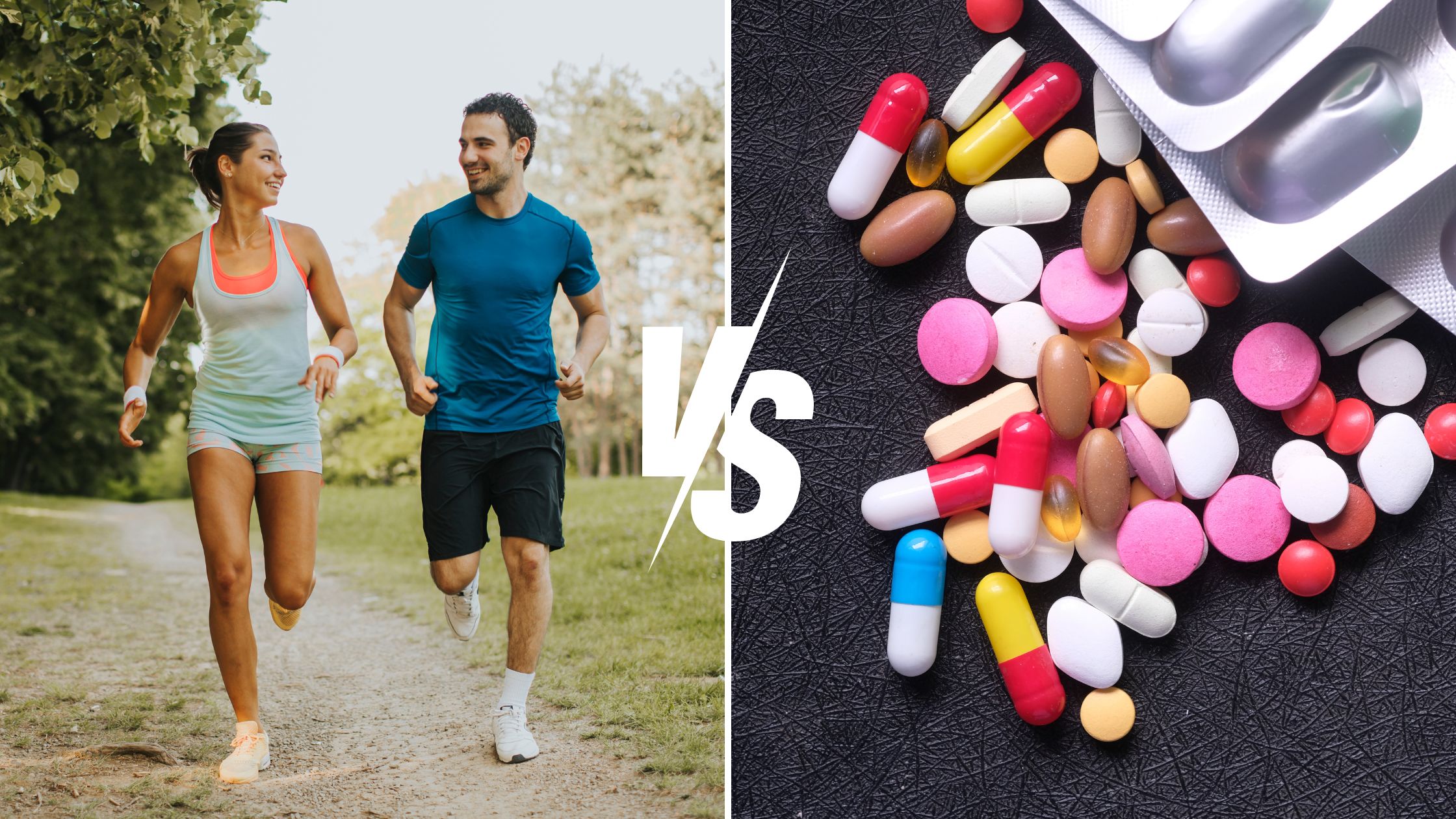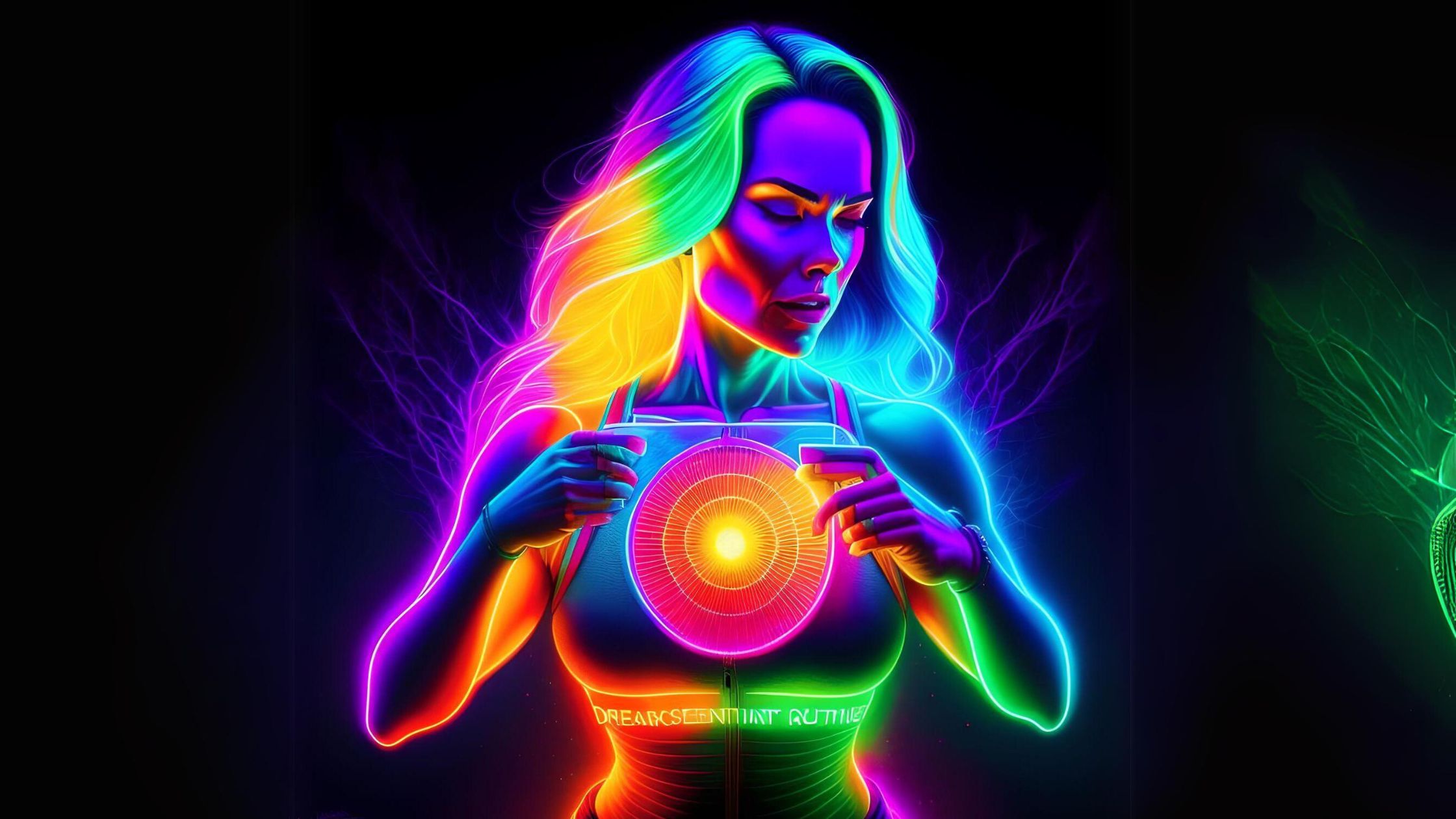Bollywood is often discerning and distorting facts about mental health, inaccurately portraying illnesses like schizophrenia, manic depression, and drawing incorrect symptoms that add to the stigma of mental health. India as a country isn’t shielding from the distress of mental illnesses, so it is enraging to see educated filmmakers, who have the power to shape the society, exploit cardinal psychological elements.
From mocking characters with mental disorders in “Krazzy 4” as a form of ‘comedy’, romanticizing depression in “Anjaana Anjaani”, to mindless linking of mental disorders to supernatural elements in “Bhool Bhulaiya” by ridiculously transforming lead characters into Indian exorcists, Bollywood has done it all. Where a child-like character in ‘Koi Mil Gaya’ is assumed to be living with autism with no real spectrum, Amitabh Bachan in ‘Black’ supposedly retrieving his memory despite having Alzheimer’s, Bollywood has repeatedly proved that it greets mental health with derision and disinterest. From parodies on mental health hospitals in “Humshakals”, to sensationalize the unpredictable behavior of a mentally challenged, and throwing light on “criminal” undertones of mental illnesses in “Darr” Bollywood is a pool of ignorance for mental health.
The Need For Mental Health In Bollywood
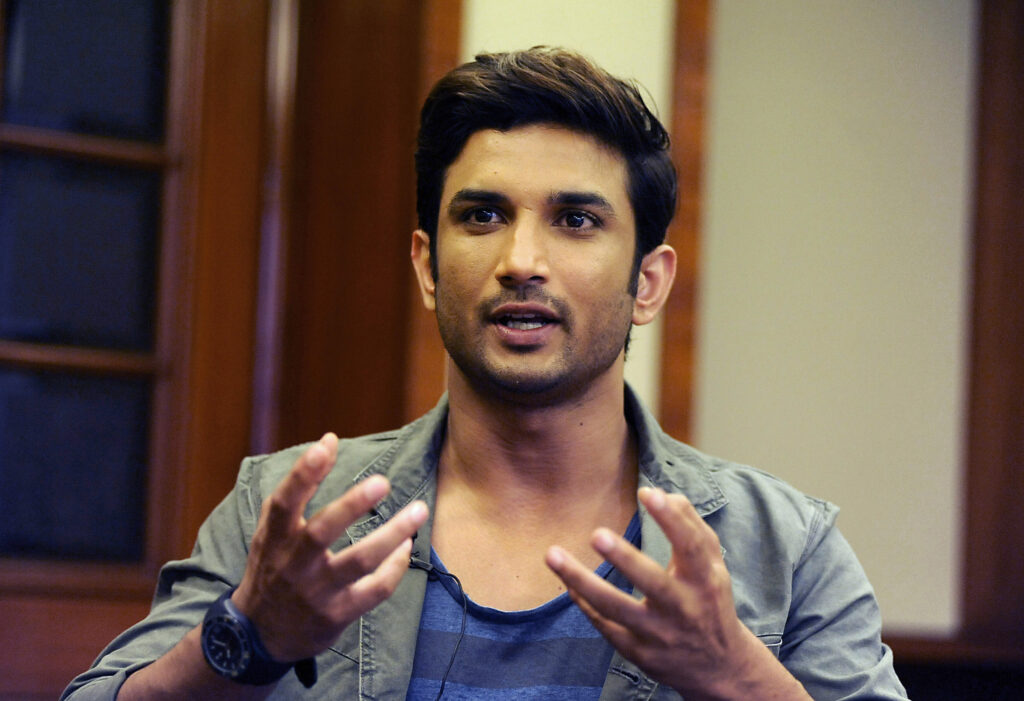
I
We are at a stage where mental wellness needs to be dealt with maximum sensitivity, so it is infuriating to see Bollywood feeding problematic thoughts to the audience that are yielded from a loose, derogatory depiction of mental health. Talking about mental health remains a taboo in India, which is why there are people who still suffer in silence, which often results in disastrous consequences. Bollywood have prime influence over the Indian audience and transform their mindsets. Drawing on a social subject like mental health in a positive and accepting way can highly reconstruct the false perceptions attached to it so that people can see mental wellness in a unique light. This transformation is only if Bollywood cinema has some ground reality appended to mental health movies, and the characters suffering from illnesses aren’t used as a prop but welcomed with open arms.
Times When Bollywood Got It Right
Dear Zindagi
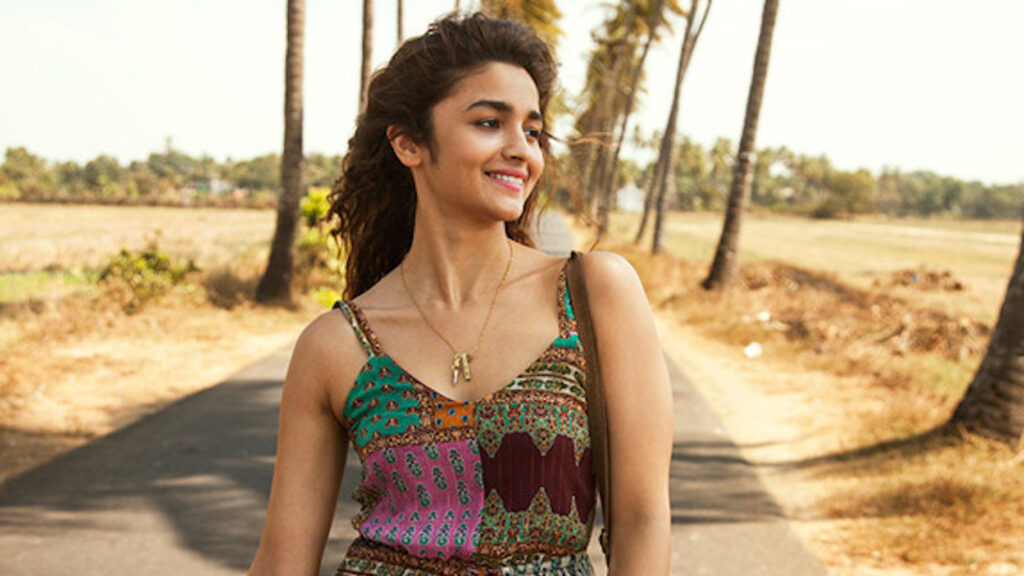
Apart from the fact that Dear Zindagi has an unrealistic tinge of ‘beach sessions’ or a “cool therapist”, they can appreciate it for normalizing the concept of therapy. Its India therapy is a rather an alien concept, something that is often misunderstood because of the stigma attached to it. Therefore, many Indians, regardless of their generation, are terrified of associating with it. The movie portrays how a ‘normal’ girl takes up therapy, which helps her form a new outlook on life and find happiness and peace.
15 Park Avenue
15 Park Avenue accurately portrays mental illness while keeping invalid romance and unreasonable glory of mental disorders at bay. It strips away the inaccurate traits that are so liberally used to describe schizophrenia patients – violent, aggressive, and unpredictable. The character who suffers from this mental illness is on a look-out to find her imaginary world, and instead of constantly reminding her of her illness, she’s allowed to live in her imaginary world. She is unwell, but that doesn’t stop her from living a normal life. The movie has undertones of hope and the need for being sensitive and patient when interacting with someone suffering from a mental illness.


